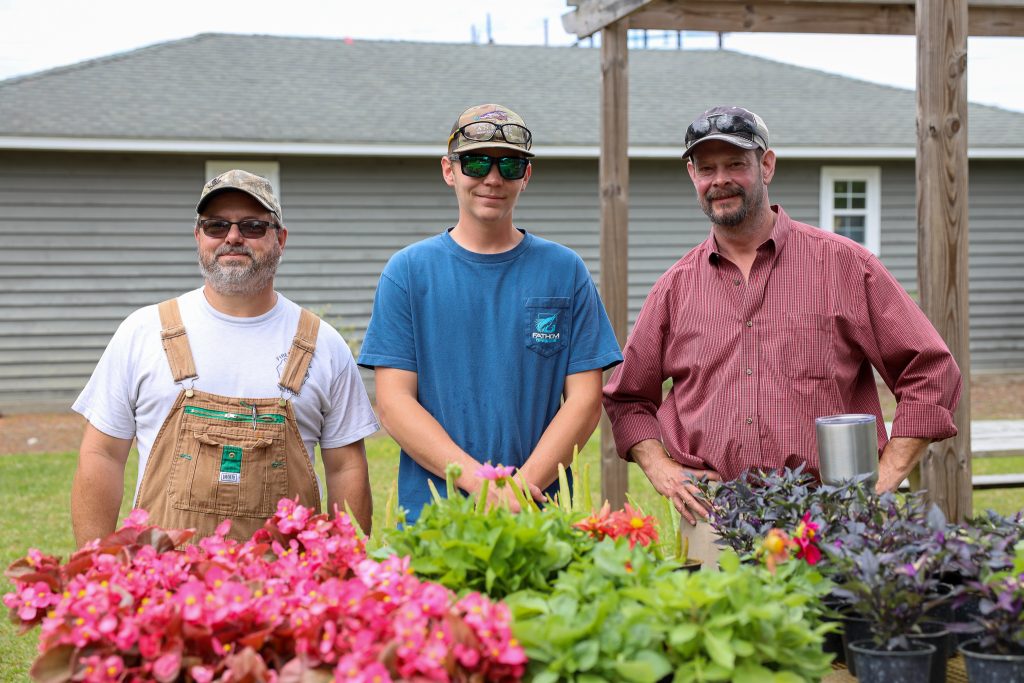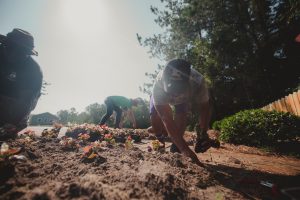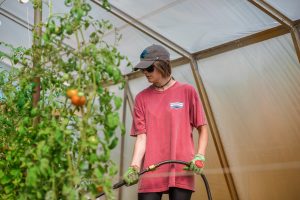Spring Gardening Tips from the Expert

As we prepare for warmer days ahead, CFCC’s Program Director for Landscape Gardening, Ken Wells, shares practical tips to help you start the growing season strong.
With the growing season just around the corner, now is the perfect time to start planning your garden. Two timeless tips can make all the difference:
“The right plant, the right place” and “a little bit of preparation now saves a lot of perspiration later.”
It’s easy to fall in love with a beautiful plant at a nursery or big box store, but before planting, take a moment to consider whether your chosen spot truly meets the plant’s needs.
Start with Smart Plant Choices
Planning ahead makes gardening easier and more rewarding. NC State’s Plant Toolbox is an excellent resource for selecting the right plant for your space. You can search by sun and soil preferences, water needs, size, bloom, and color, even whether the plant is native. It’s especially helpful when you’re standing in front of a tempting display at the garden center and want to make sure that plant will actually thrive in your yard.
Soil Samples: A Gardener’s Secret Weapon
Before planting, consider getting a soil test, it’s one of the easiest ways to set your garden up for success. A free soil sample can reveal what nutrients your soil is missing, helping you chose the right amendments and fertilizers. .Just drop off the sample at the Arboretum, and you’ll receive a detailed report. Healthy plants start with healthy soil!
Boost Your Soil with Compost
Eastern North Carolina soils are often sandy and either drain too fast or hold too much water. Compost can help balance both extremes. Whether you pick up in bulk from the county landfill or buy bagged compost at the store, adding it to your planting beds improves structure, boosts nutrients, and helps retain moisture. Think of it as fuel for your plants and mix it into your existing soil, not just the bottom of the planting hole.

Proper Planting Techniques Matter
Proper plating technique helps reduce transplant shock and sets the stage for health growth. Dig holes twice as wide but only as deep as the root ball, planting too deep can cause root rot. After planting, mulch with 2-3 inches of organic mulch to keep the soil moist and weed-free. Remember, mulch should never touch the plant’s stem or trunk.
Water Wisely for Best Results
New plants need consistent watering until they establish roots.Spring installations usually need water two to three times a week; during hotter months like June or July, watering every other day may be necessary. Nurseries water plants daily, so they need time to adjust. Keep an eye on your plants, especially in the first few weeks, they’ll tell you what they need.
Vegetable Gardeners: It’s Almost Go Time

Now’s the time to start warm-season crops like tomatoes, peppers, and cucumbers indoors. But don’t be fooled by a few warm days, our last average frost date isn’t until mid-April. If you plant too soon, a late frost can wipe out your crop. In the meantime, get your garden beds ready or plant cool-weather favorites like spinach, lettuce, and radishes. Compost works just as well in vegetable gardens as in ornamental beds, iit improves soil and makes your veggies happier.
Don’t Rush to Fertilize Your Lawn
It’s tempting to green up your lawn early, but most warm-season grasses don’t benefit from fertilizer until the soil really warms up, usually in June, July, and August. Fertilizing too early can waste money and even damage your turf.ant to know exactly what your lawn needs? Check out NC State’s TurfFiles website for region-specific tips, pest info, and seasons care calendars.

